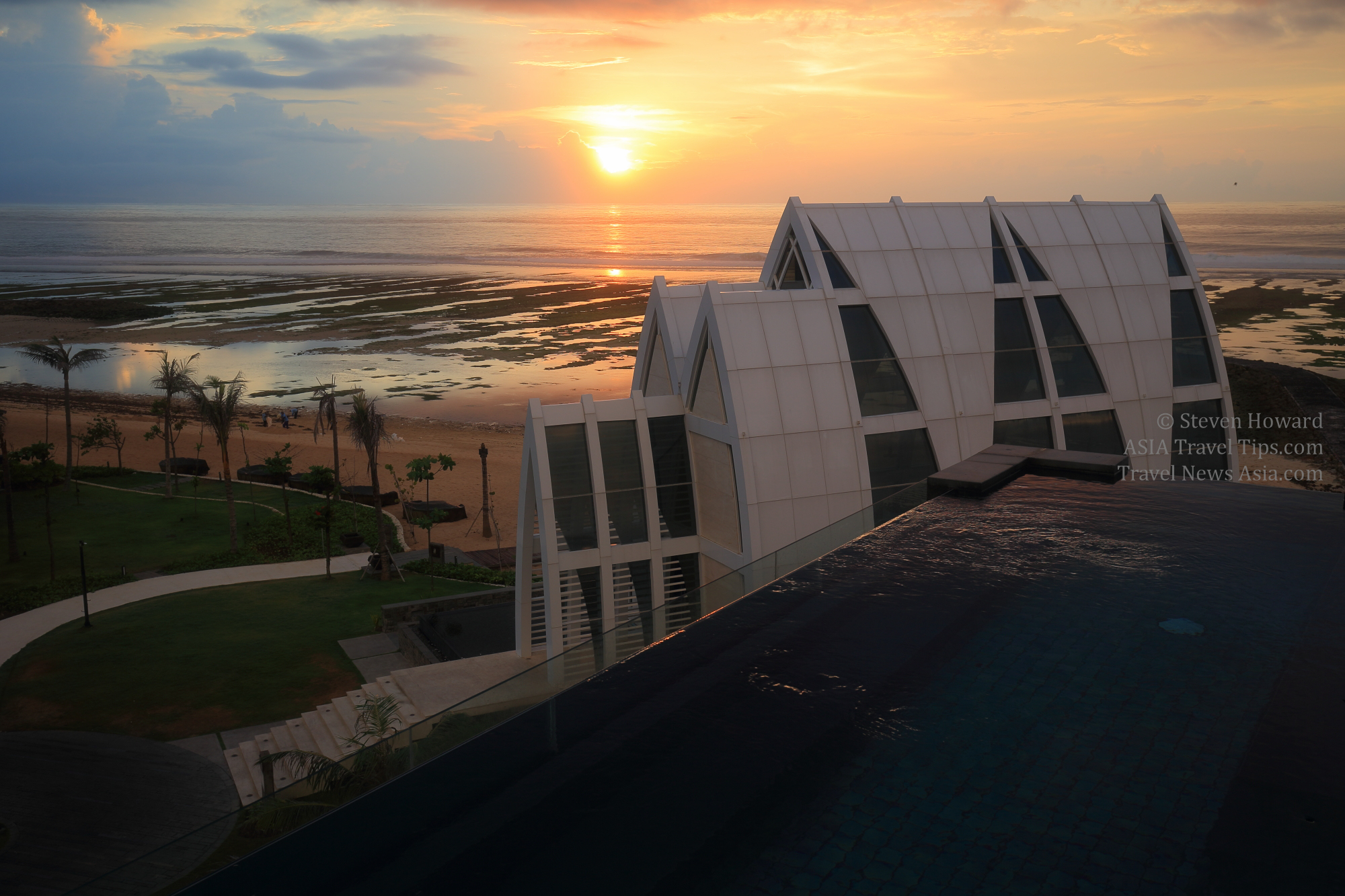|
According to data compiled by STR, hotels in the
Asia Pacific region reported positive results in the three key
performance metrics for July 2017.
In U.S. dollar constant currency, July 2017 vs.
July 2016, Occupancy increased by 3.8% to 74.4%, ADR rose 1.9% to
US$97.67 and RevPAR was up 5.7% to US$72.66.
In local currency, July 2017 vs. July 2016,
hotels in Indonesia reported an average increase in occupancy of
11.1% to 68.0%, ADR fell slightly by -1.5% to IDR1,090,890.60
while RevPAR jumped 9.4% to IDR741,434.78.

The absolute occupancy level was the highest for
a July in Indonesia since 2012, while RevPAR reached its highest
July level since 2011. With substantial demand increases in both
the Transient and Group (bookings of 10 or more rooms at once)
segments, STR analysts attribute the performance to routine
post-Ramadan increases in corporate travel and MICE (meetings,
incentives, conferences and exhibitions) business.
In Japan, Occupancy increased by 0.7% to 85.1%,
ADR dropped by -0.4% to JPY15,229.18 and RevPAR was up 0.2% to
JPY12,966.69.
Year-over-year performance has remained stable
in Japan as solid demand growth has outpaced significant supply
growth. According to the Japan National Tourism Organization, the
country welcomed 16.4 million foreign visitors in the first seven
months of the year, a 17.3% increase compared with the same time
period last year. In terms of future supply development, Tokyo
leads the way with nearly 5,000 hotel rooms set to enter the
market over the next four years, followed by Osaka with more than
3,000 rooms.
In Malaysia, Occupancy jumped 12.1% to 73.7%,
ADR rose 8.0% to MYR391.88 and RevPAR soared 21.1% to MYR288.94.
According to STR analysts, post-Ramadan demand
routinely pushes hotel demand in Malaysia. Additionally,
performance growth can be attributed to preparation for the August
SEA Games in Kuala Lumpur.
|
Headlines: |
|
See latest
HD Video
Interviews,
Podcasts
and other
news regarding:
STR,
ADR,
RevPAR.
|

